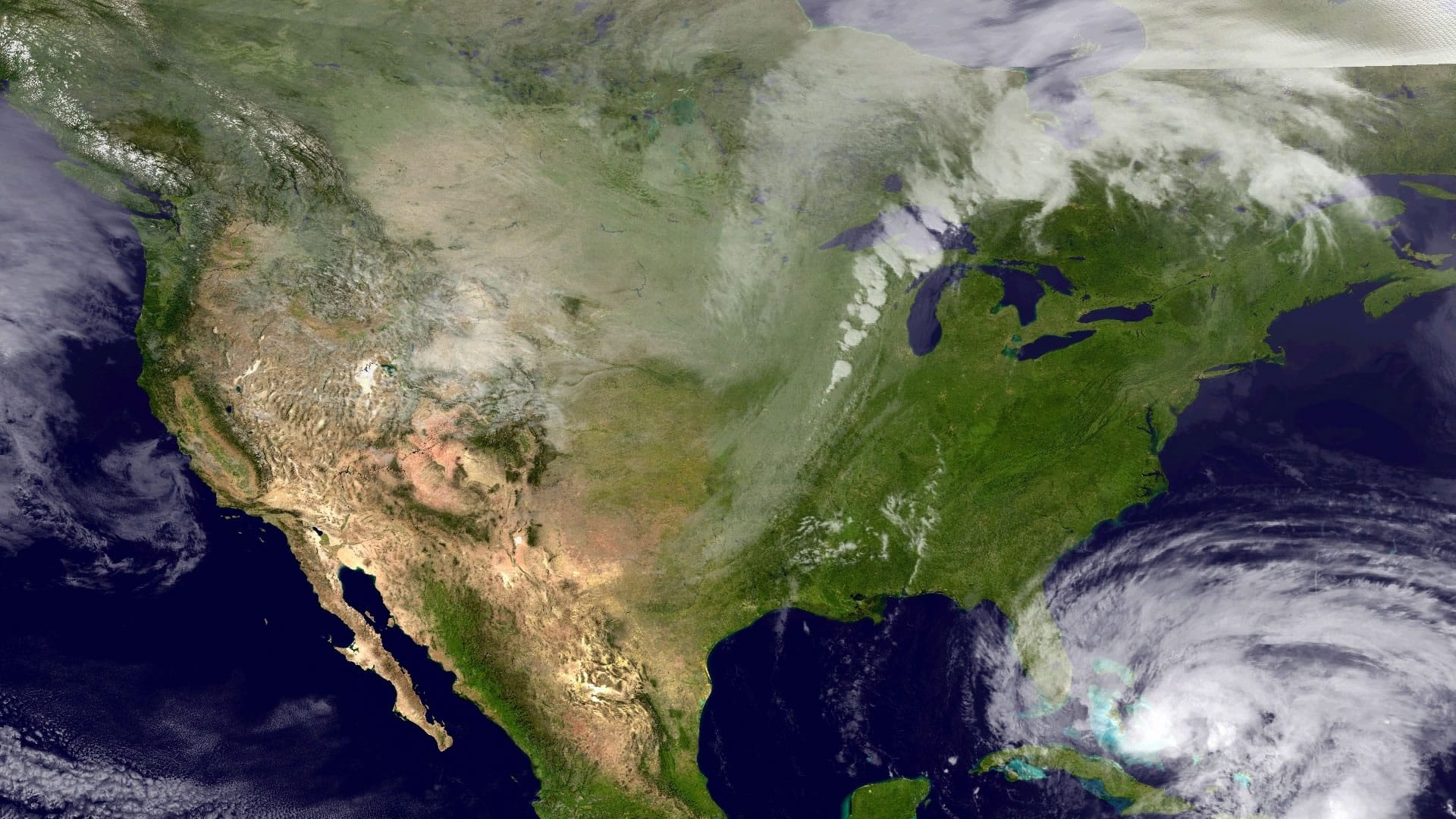FORT LAUDERDALE, Fla. — Usually by now, three hurricanes have emerged, yet not one has formed, and the storm season is already half over.
If a monster storm doesn’t appear by Wednesday morning, it will set a record for the latest-arriving hurricane since the satellite era began in the mid-1960s.
“It’s very unusual,” said Bryan Norcross, a hurricane expert for the Weather Channel. “Why this is happening is the subject of a lot of conversation and not much clarity.”
Consider:
• When Tropical Storm Gabrielle failed to grow into a hurricane this past week, it set a modern-era record for the most named systems to arise before the first hurricane. Gabrielle was the seventh named storm, and the previous record, set in 2002, was six named storms before the first hurricane.
• Tuesday is the peak of the season, when a hurricane is most likely to be swirling in the Atlantic Ocean, yet it appears that no systems in the eastern Atlantic will develop until Wednesday or after.
• On average, the first hurricane tends to emerge on Aug. 10, the second on Aug. 28 and the third on Sept. 9, putting this season about a month behind schedule for hurricanes.
• Only five times since the satellite era have there been no hurricanes in August. And the first Category 3 or higher usually spins up on Sept. 4.
Why haven’t any hurricanes formed so far? Large areas of dry sinking air across the tropical Atlantic have deprived systems of the moist atmosphere they need to develop. Pockets of wind shear also have disrupted systems from growing, said Dennis Feltgen, spokesman for the National Hurricane Center.
Despite those factors, Norcross said the Atlantic waters are warm enough to support development. There also has been above average rainfall in west Africa, which nurtures tropical waves and allows them to intensify. Yet the waves haven’t been “as robust as we’ve seen in the past,” he said.
Robert Molleda, meteorologist with the National Weather Service in Miami, said South Florida needs to be on alert. He noted 19 hurricanes have struck this region in October, the most of any month. For that reason, he said the real peak of the season for South Florida is Sept. 21.
“Half of our hurricane strikes have occurred before Sept. 21 and half after,” he said. “The Sept. 10 peak of activity doesn’t really mean a whole lot for this region.”
Feltgen said several storm seasons have been busy despite the late arrival of the first hurricane. In 2001, Hurricane Erin didn’t form until Sept. 9, and the storm season ended with 15 named storms, including nine hurricanes, four of them major, he said.
“We have just entered the peak of the hurricane season,” he said. “It is a mistake to believe that the second half of the season will resemble the first half. With half of the season to go, no one should let their guard down.”



